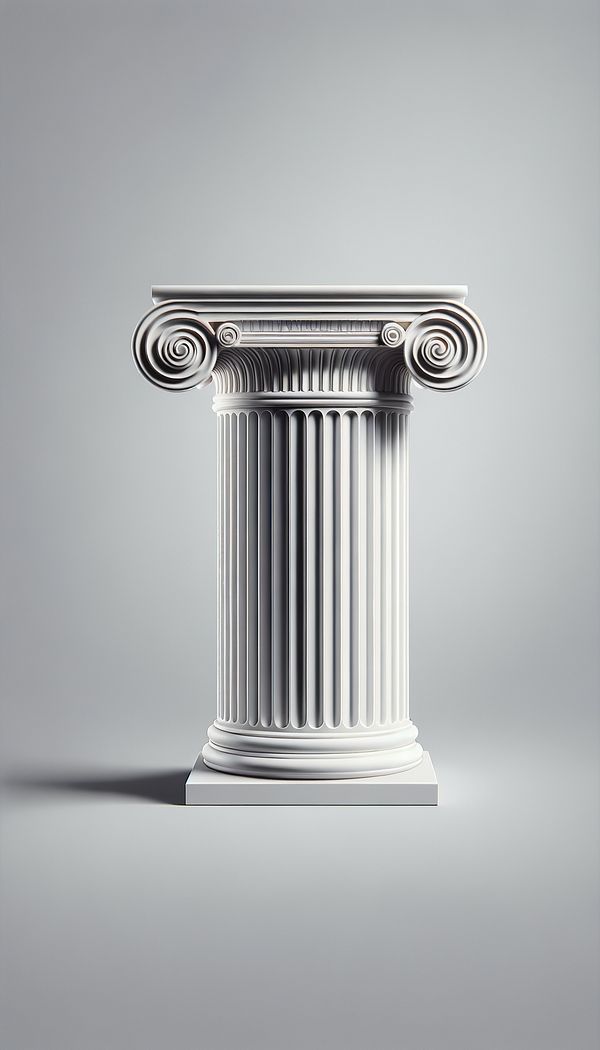What is Fluting?
Fluting refers to the shallow grooves or channels that are vertically carved into the surface of a column or architectural element.
Description
Fluting is a decorative feature commonly found on the columns of classical architecture, such as those from Ancient Greek and Roman times. It involves carving shallow grooves or channels into the surface, running vertically along the column's length. The primary purpose of fluting was originally structural, adding strength to the columns while reducing material weight. Over time, however, its role has evolved, becoming more ornamental in nature.
Today, fluting can be seen in a variety of interior and exterior design applications beyond the classical column. Furniture, cabinetry, and even wall treatments may feature fluting to add texture, depth, and interest to the design. This decorative technique brings a timeless elegance to modern and traditional spaces alike, blending seamlessly with a wide range of interior design styles.
The number and depth of the flutes can vary, creating different visual effects and shadows that contribute to a piece's overall aesthetic. When incorporated thoughtfully into a design scheme, fluting can enhance the spatial quality and sophistication of an area, making it a favored technique among interior designers and architects.
Usage
Architectural elements such as columns, pilasters, and even the legs of furniture pieces commonly feature fluting. In interior design, fluted patterns may be introduced through cabinetry detailing, wall panels, or in the texture of decorative objects like vases and lamps.
FAQs
-
Can fluting be used in contemporary design?
Absolutely. While fluting has its roots in classical architecture, it can be incorporated into contemporary design in a way that adds texture and visual interest without overwhelming the space. Modern applications often involve subtler, cleaner lines that align with minimalist aesthetics.
-
Does fluting serve a functional purpose in modern design?
In contemporary design, fluting is primarily used for its aesthetic appeal rather than its structural benefits. It adds texture and depth to surfaces, contributing to the overall look and feel of a space.
-
How is fluting applied to furniture and cabinetry?
Fluting can be applied to furniture and cabinetry by carving or milling grooves directly into the wood or other materials. This technique can create a distinctive, textured look that adds character and elegance to pieces.
Practical Application
When incorporating fluting into your design, consider the scale and proportion of the space and elements it will be applied to. Fluting can visually elongate the appearance of objects, so it's important to use it thoughtfully to enhance the desired aesthetic. For contemporary spaces, opt for simpler, less ornate fluting to complement minimalist themes.
-
Architectural Elements199 articles
-
Design Styles478 articles
-
Furniture Types599 articles
-
Decorative Techniques322 articles
-
Wall Treatments & Finishes157 articles
-
LayoutLayout refers to the arrangement of objects within a space.
-
What-NotA what-not is a piece of furniture incorporating open shelves for the display of ornaments.
-
BackdropIn interior design, a backdrop refers to any surface or feature behind a key area of focus that sets the stage or enhances the aesthetic appeal of the space.
-
FirmnessFirmness refers to the physical strength and stability of a structure or material.
-
SemainierA Semainier is a tall, narrow chest of drawers, typically with seven drawers.
